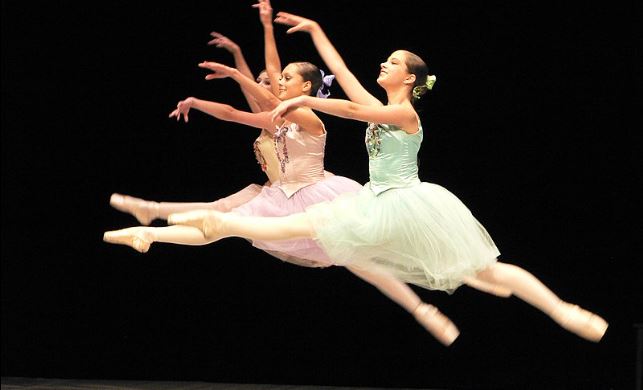Attachments
Note: Not all attachments are visible to the general public. Research URLs will go live after the embargo ends.

Journal/
conference: PLOS ONE
conference: PLOS ONE
Research:Paper
Organisation/s:
Curtin University, Edith Cowan University
Funder:
The first author is the recipient of an
Australian Research Training Program Scholarship
(RTP) (no grant number) for her PhD research of
which this study was part of.



 Australia; WA
Australia; WA


